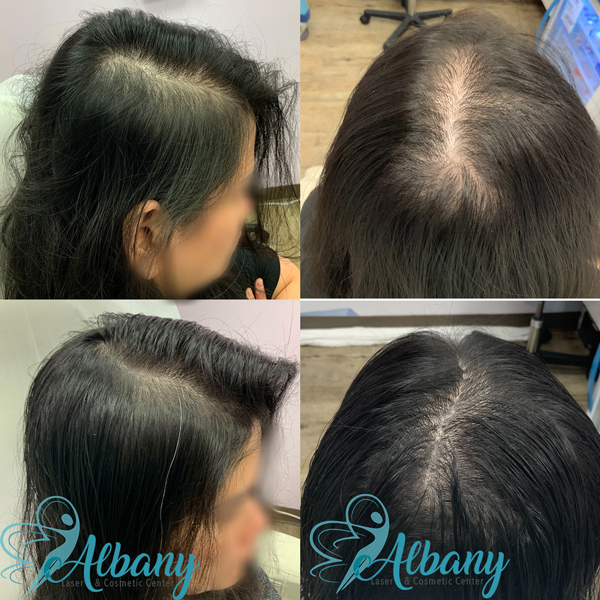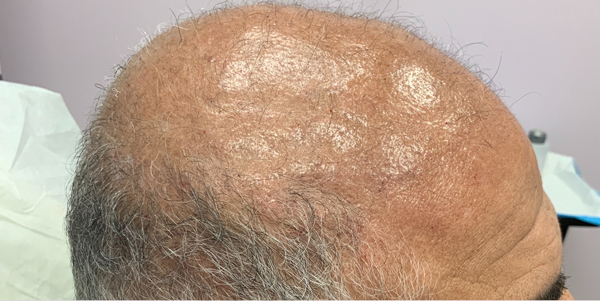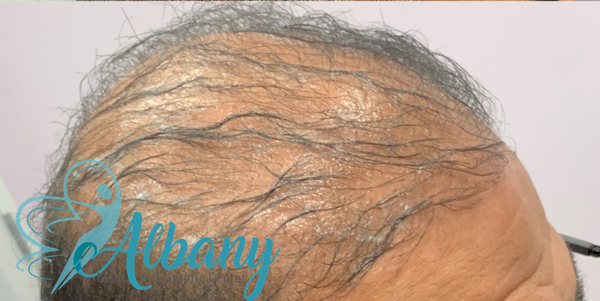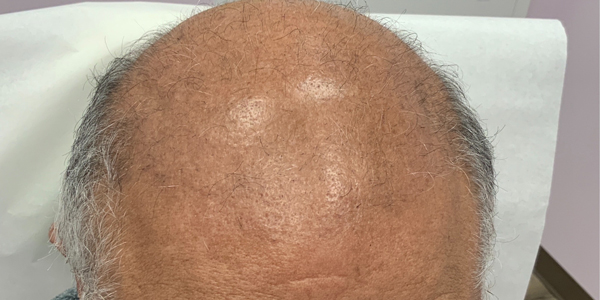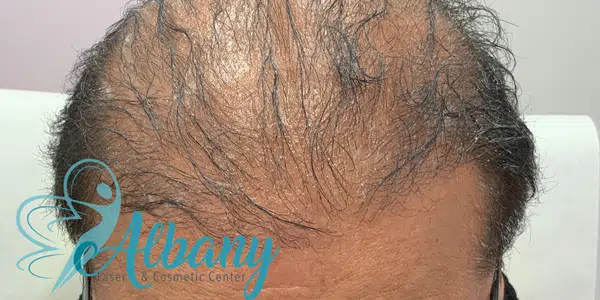Hair Loss
Hair loss is a common condition that can affect both men and women. It can be caused by various factors, including genetics, hormonal changes, and certain medical conditions. At Albany Cosmetic and Laser Centre, we offer effective treatments to address hair loss and promote hair regrowth.

Hair Loss Treatment and Hair Restoration at Albany Cosmetic and Laser Centre
Experience effective and personalized Hair Loss Treatment and Hair Restoration services at Albany Cosmetic and Laser Centre. Our expert team is dedicated to helping you regain your natural hair and confidence.
$450 – $1200 12914 167 Ave., Edmonton, AB, T6V1J6 (587) 520-2835

